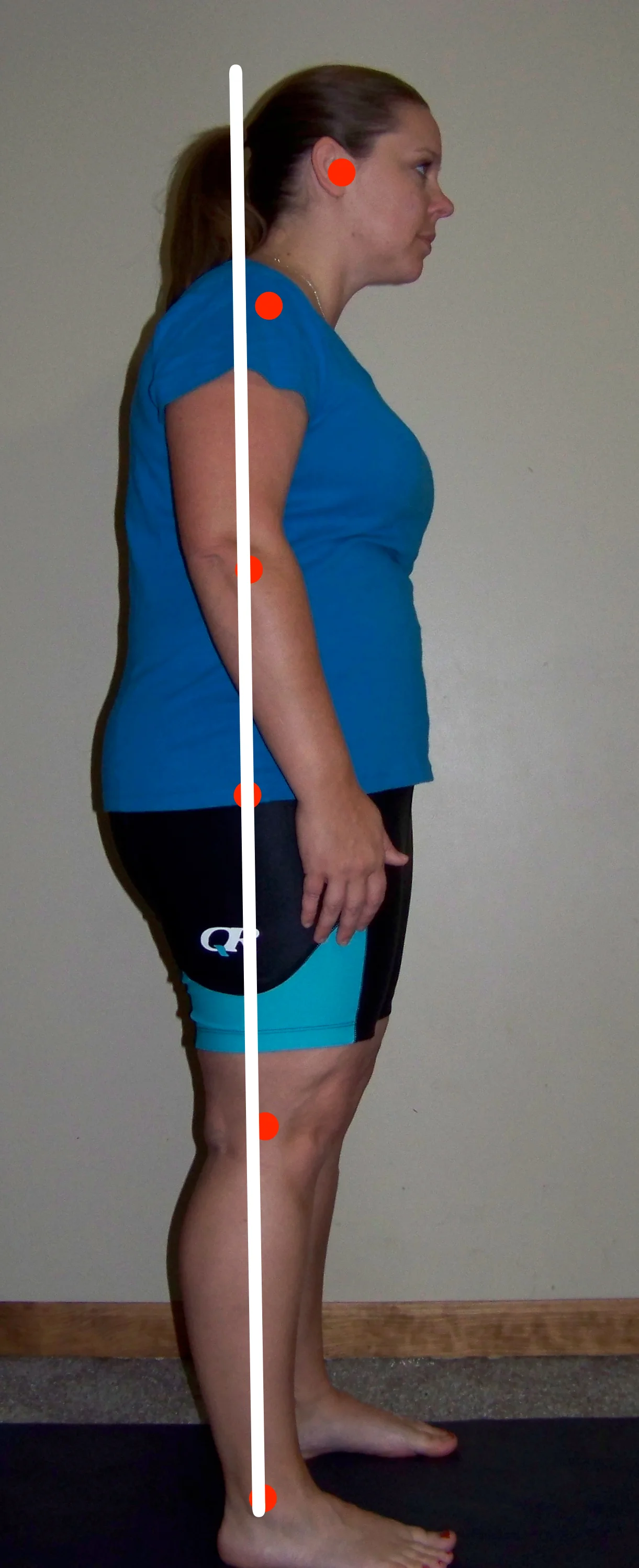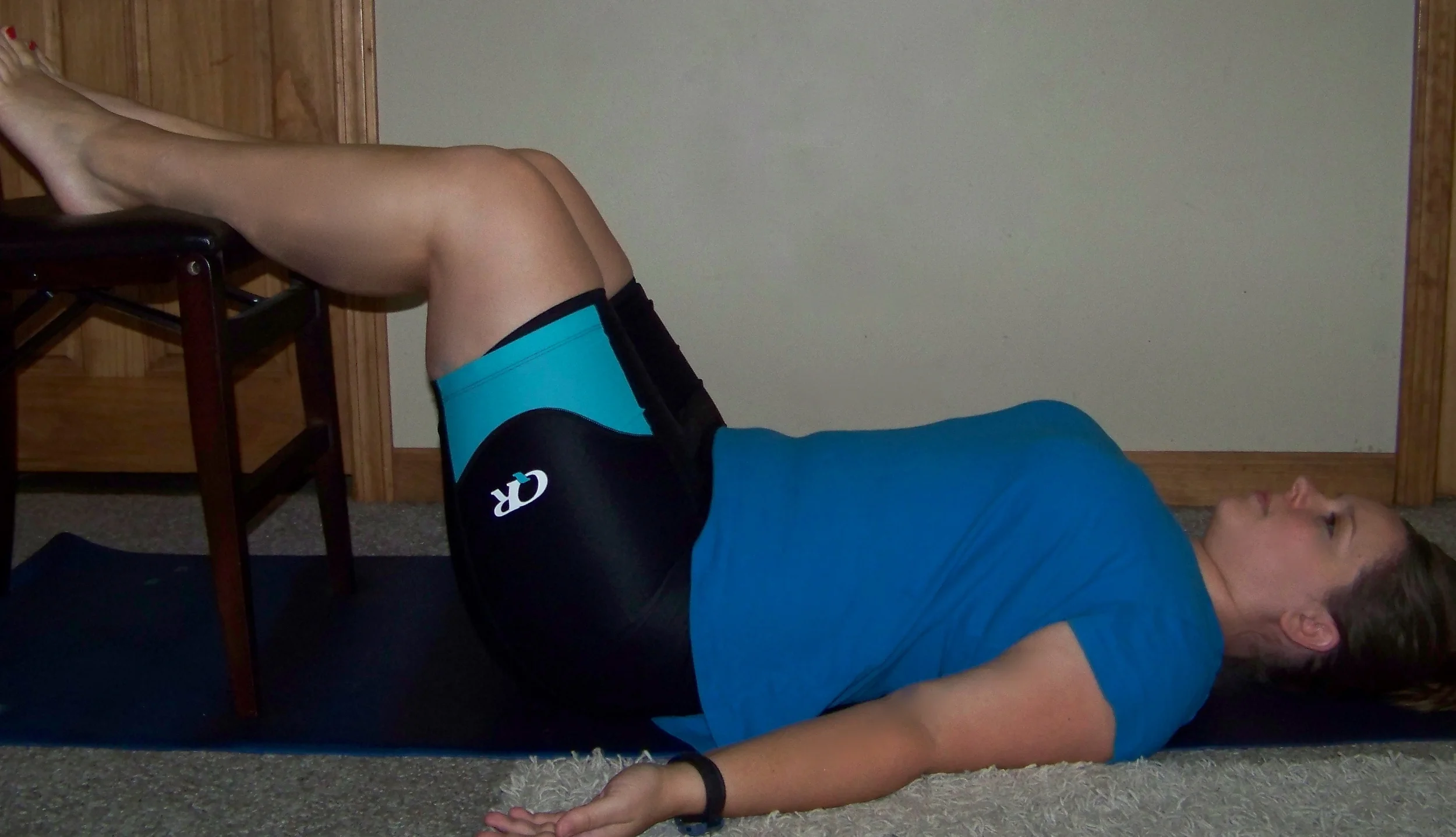Why is Good Posture Important?
Sit up straight! Stand up straight! These used to be things that every mom, or piano teacher, would say to their kids. But good posture is not something that is heavily emphasized any more. In the age of video games, TV, and sedentary jobs that require us to sit in front of a computer for long periods, good posture has been lost. But why does this matter?
Good posture is simply holding the correct or natural alignment of the spine. When the spine is in the natural alignment, the body is more efficient in its ability to move and perform work. Our bodies, and the muscles that support good posture, are not meant to sustain prolonged postures. When our jobs or activities keep us in sustained postures, those muscles "shut off" putting abnormal stress on the bones, ligaments, and other tissues. In the spine this also means the intervertebral discs have increased pressure on them.
Below is a list of the percentages of pressure within the discs in the low back with various positions. For example: Standing with proper posture is 100% ( this is considered normal ), lying on your back (supine) is only 5% of what it is in standing, and seated slouched forward while lifting a weight is 275% of normal standing posture.
5% • Lying supine
75% • Lying on one side
100% • Standing erect with proper posture
150% • Standing inclined forward by 30-40 degrees
220% • Standing slightly inclined at 30 degrees, lifting any weight
140% • Seated, using proper posture
185% • Seated, improper posture, slightly “hunched” forward
275% • Seated, slouched forward, lifting a weight.
Nachemson, A.L.: The Lumbar Spine, An Orthopedic Challenge. Spine, 1:59, 1976
So what do these numbers mean to you if you sit or stand or perform repetitive lifting for your job? The higher numbers for poor posture and lifting while either seated or standing mean that you are putting higher amounts of abnormal, repetitive stress on the structures of the back. This can lead to back pain, tight/sore muscles, even disc protrusions that put pressure on the nerves that travel into your legs.
This is not just limited to the low back, but can also occur in the neck, especially with prolonged use of computers, looking down while texting, or playing games on electronic devices. Symptoms can include headaches, tightness of the shoulders/upper traps, and numbness and tingling in the arms and hands.
The green dots show the points that when aligned create good posture. The white line should pass through all of the dots.
So what is good posture or normal alignment? In the picture there are green spots on the areas that you should be able to draw a straight line through. You can see in the picture that my alignment is pretty good. (I'm really trying hard to show normal posture and my "relaxed" posture is far from perfect) Try to assume normal posture yourself by standing with your feet shoulder width apart heels about an inch from the wall. Your low back should not fully touch the wall, but the area between your shoulder blades should, and the back of your head should rest on the wall. If you have to tip your head back to reach the wall you need to work on your posture.
The red dots show the same points as the green in the previous picture, and the white line is where normal posture should be.
This picture shows "forward head posture" and increased curvature of the thoracic (middle part) spine. I have over exaggerated this picture to emphasize the differences. However, this posture is very common today in people who sit for prolonged periods working on a computer, spend a lot of time looking down, or sitting on soft couches. Notice not only the head is forward, but the shoulders are also rounded forward. This position can lead to pain in the front of the shoulder when lifting overhead. The rib cage is compressed in the front and does not allow for full expansion of the lungs. There is increased compression of the organs that combined with prolonged sitting can lead to other problems such as hemorrhoids, chronic constipation, and varicose veins in the legs. A whole host of problems can arise from poor posture. These problems can only get worse as we age or if there are complications with osteoporosis. This is why many of our elderly are hunched over and can not straighten up.
So what can you do to help correct posture if you do work in a sedentary job or perform repetitive lifting? The exercise below allows the spine to decompress and straighten out. Spending 10 minutes in this position after work while focusing on your breathing can help "undo" the stress on the spine during the day, improve circulation in the body, reduce swelling in the feet and ankles, and improve alignment. If you lay down in this position and must tilt your head back for it to reach the floor, start with a small towel roll under your head. Remove the towel roll as you relax and the spine lengthens. You should have no pain during this exercise. Everyone can, and should, perform this daily to help correct posture whether you are 20 or 90.
Lay on your back with your feet and legs up on a chair, couch, or exercise ball. The arms should be relaxed with your palms up. Breathe in and out using the diaphragm (the belly should rise when you breathe in, and sink when you breath out)
If you do have pain in the spine, any pain, please don't wait for it to become a chronic problem. Have a PT assess your posture and help you to reduce pain, and normalize your posture!
Look for more posts in the future with more pictures/videos showing proper sitting posture and support for the back.



